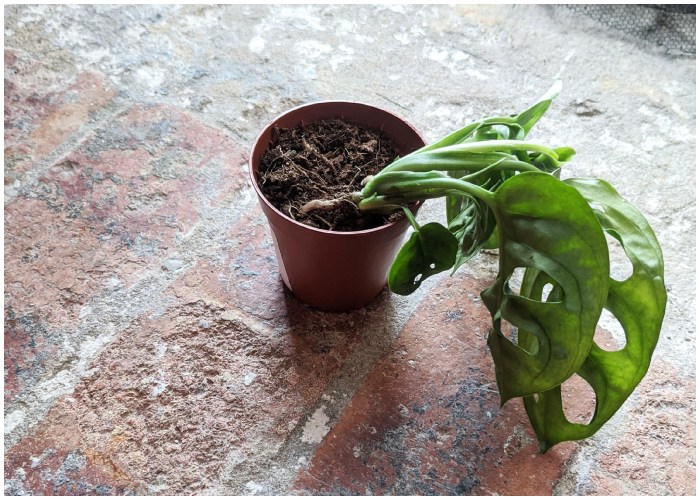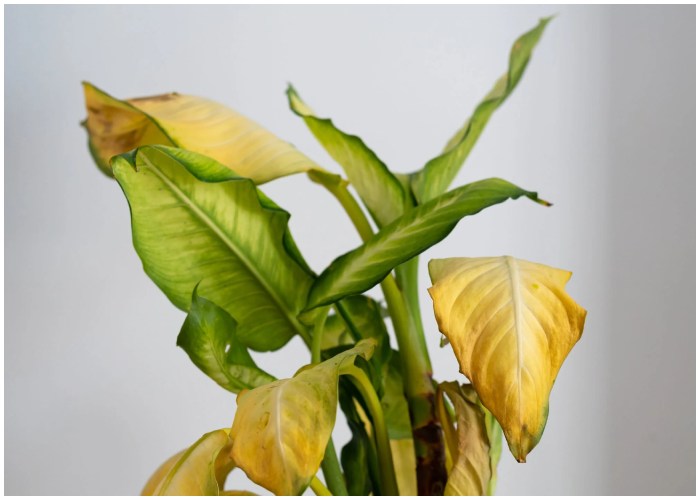Overwatering is a common problem for gardeners, often leading to plant stress, root rot, and even plant death. Heavy, poorly drained soils can become waterlogged, cutting off the essential oxygen roots need to thrive. When roots can’t absorb oxygen, they decay, making it impossible for plants to take up the nutrients they need. The symptoms of overwatering—such as yellowing leaves, stunted growth, and root rot—can easily be mistaken for pest issues. However, understanding the difference and implementing preventive measures can significantly improve plant health. Here are essential strategies to help you prevent overwatering and promote a balanced watering routine for your garden.
Recognizing Overwatering Symptoms
Plants suffering from overwatering display a range of symptoms, typically due to a lack of oxygen. Key signs include:
- Yellowing Leaves and Stunted Growth: A clear indication of reduced vigor, these symptoms occur because the roots can’t absorb enough nutrients.
- Leaf Scorch and Blisters (Oedema): Overwatered plants often develop water-soaked spots on stems and leaves, leading to leaf burn.
- Root Rot and Fungal Susceptibility: Overwatering weakens the plant’s defenses, making it vulnerable to soil-borne pathogens like Phytophthora spp., which thrives in periodically waterlogged soil.
Recognizing these signs early and taking steps to correct them can prevent further damage and help plants recover.

1. Practice Deep Watering to Encourage Strong Roots
Deep watering promotes root growth by encouraging roots to seek moisture deep within the soil. This strategy requires less frequent watering but focuses on thoroughly saturating the soil. By allowing water to penetrate the soil deeply, plants become more resilient to drought and are less susceptible to shallow-root stress. Set aside time to water less frequently but for extended periods, ensuring water reaches the root zone, which supports plant health and prevents root rot from standing water near the soil surface.
2. Use Water-Efficient Methods
Consider using drip emitters or soaker hoses, as these water-conserving tools deliver moisture directly to the soil at a slower rate, helping to reduce evaporation and soil saturation. These methods also reduce the risk of fungal diseases caused by overhead watering. Setting up a timer can help you control the amount and frequency of watering, allowing for adjustments based on season, temperature, and rainfall. Ensure no irrigation pipes or downspouts are leaking, which could oversaturate the soil and cause waterlogging.
3. Improve Drainage with Mulch and Organic Matter
Adding mulch around individual plants or beds helps retain soil moisture, reduces evaporation, and keeps the soil temperature consistent. However, avoid placing mulch directly against plant stems to prevent rot. Organic matter such as compost or aged manure enhances drainage, especially in clay-heavy soils that are prone to water retention. By improving soil structure, you create a balanced environment that retains adequate moisture while allowing excess water to drain, reducing the risk of root rot.
4. Choose Plants Appropriate for Your Soil Type
Selecting plants that suit your soil’s natural moisture level can make a significant difference. For areas with consistently damp soil, opt for water-loving plants that can handle the conditions without risk. In drier areas, drought-tolerant plants or native species typically adapt better and have lower water needs. Native plants are especially beneficial as they are adapted to the local climate, require less maintenance, and often experience fewer pest problems.

5. Water Only When Necessary
One of the simplest ways to prevent overwatering is by watering only when the plant truly needs it. Some plants may wilt temporarily under the hot sun but recover on their own as the day cools. If the soil is moist enough, wait before watering to avoid oversaturation. Observe each plant’s specific needs and respond accordingly; this tailored approach prevents overwatering and encourages healthier plant growth.
6. Check Soil Moisture with a Trowel or Soil Probe
A dry surface doesn’t necessarily indicate that the plant needs watering, as soil at the surface dries out first. Use a trowel or soil probe to assess the moisture level near the root zone where it matters most. If you’re caring for potted plants, knock the plant out of its container to check for dampness in the soil. Overwatered soil often smells sour or rotten due to the absence of oxygen, a clear sign that it’s time to adjust watering habits.
7. Prioritize Newly Planted Trees and Shrubs
Newly planted trees and shrubs have shallow root systems that rely heavily on surface water until they establish deeper roots. It’s crucial not to let these plants’ root balls dry out or become too waterlogged. Regularly check soil moisture using a probe or trowel to strike the right balance, giving newly planted trees and shrubs the best chance to thrive. Once established, these plants will require less frequent watering, adapting to natural rainfall and environmental conditions.